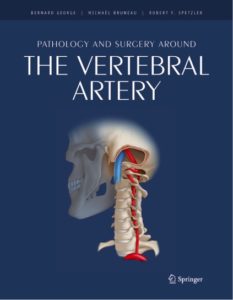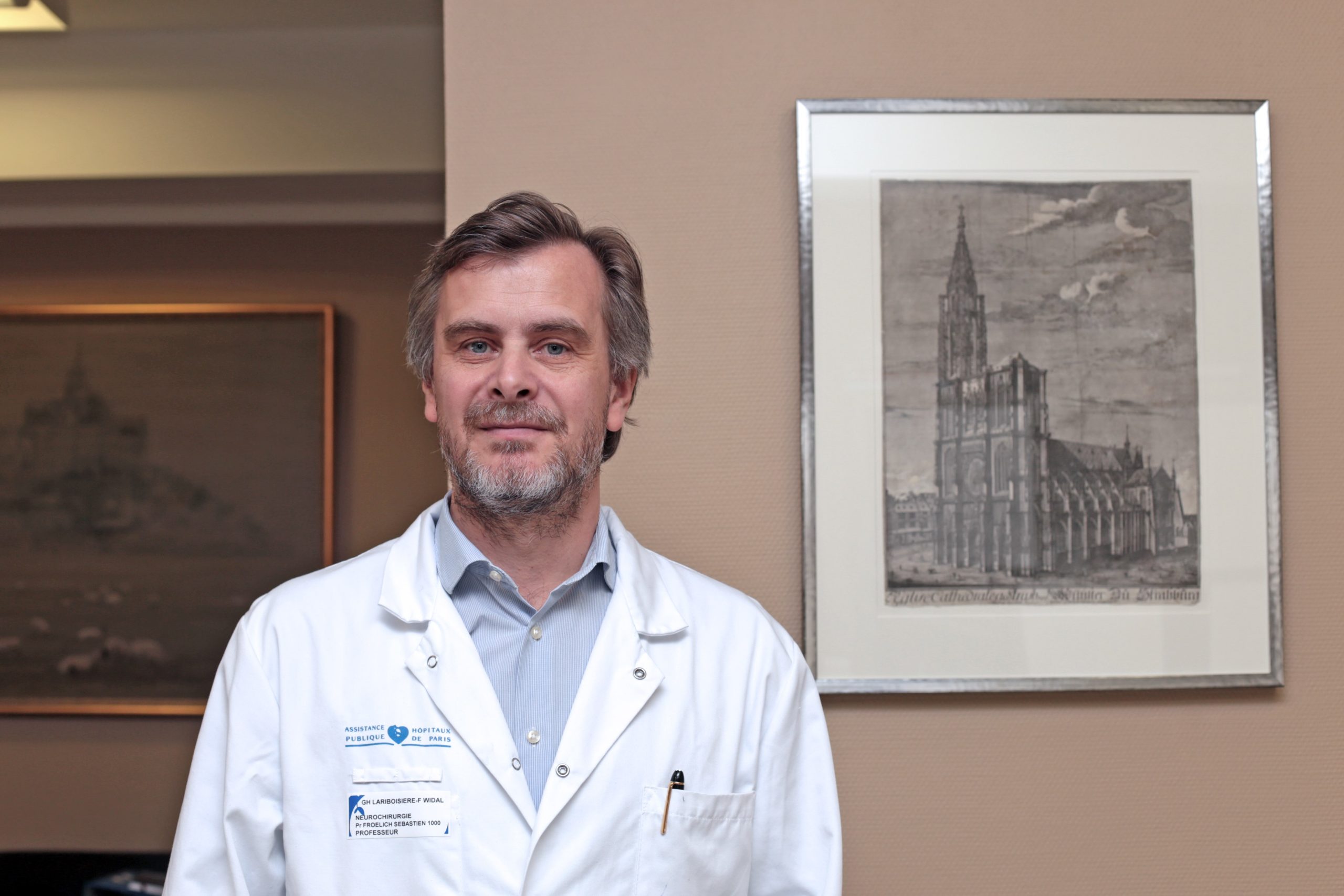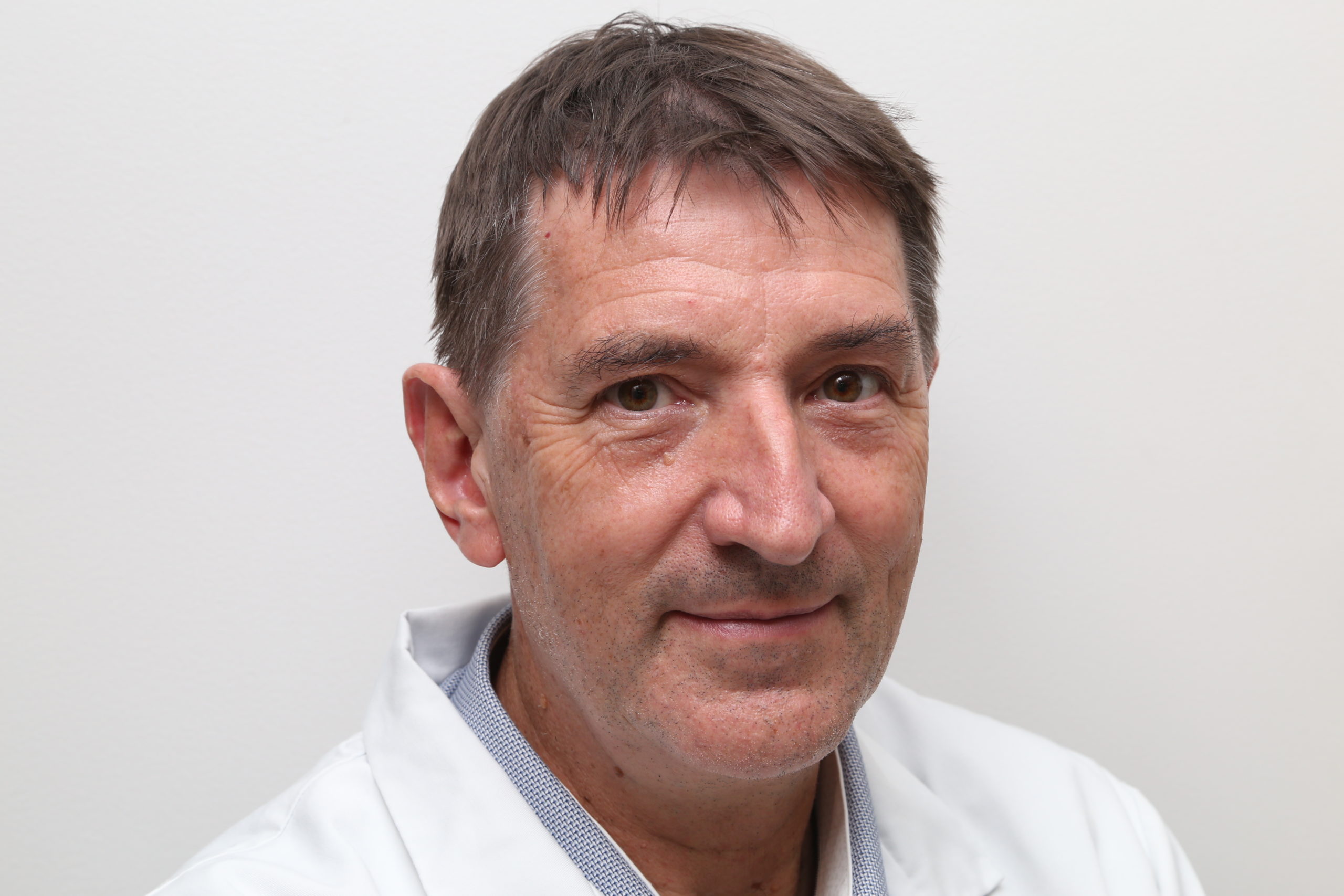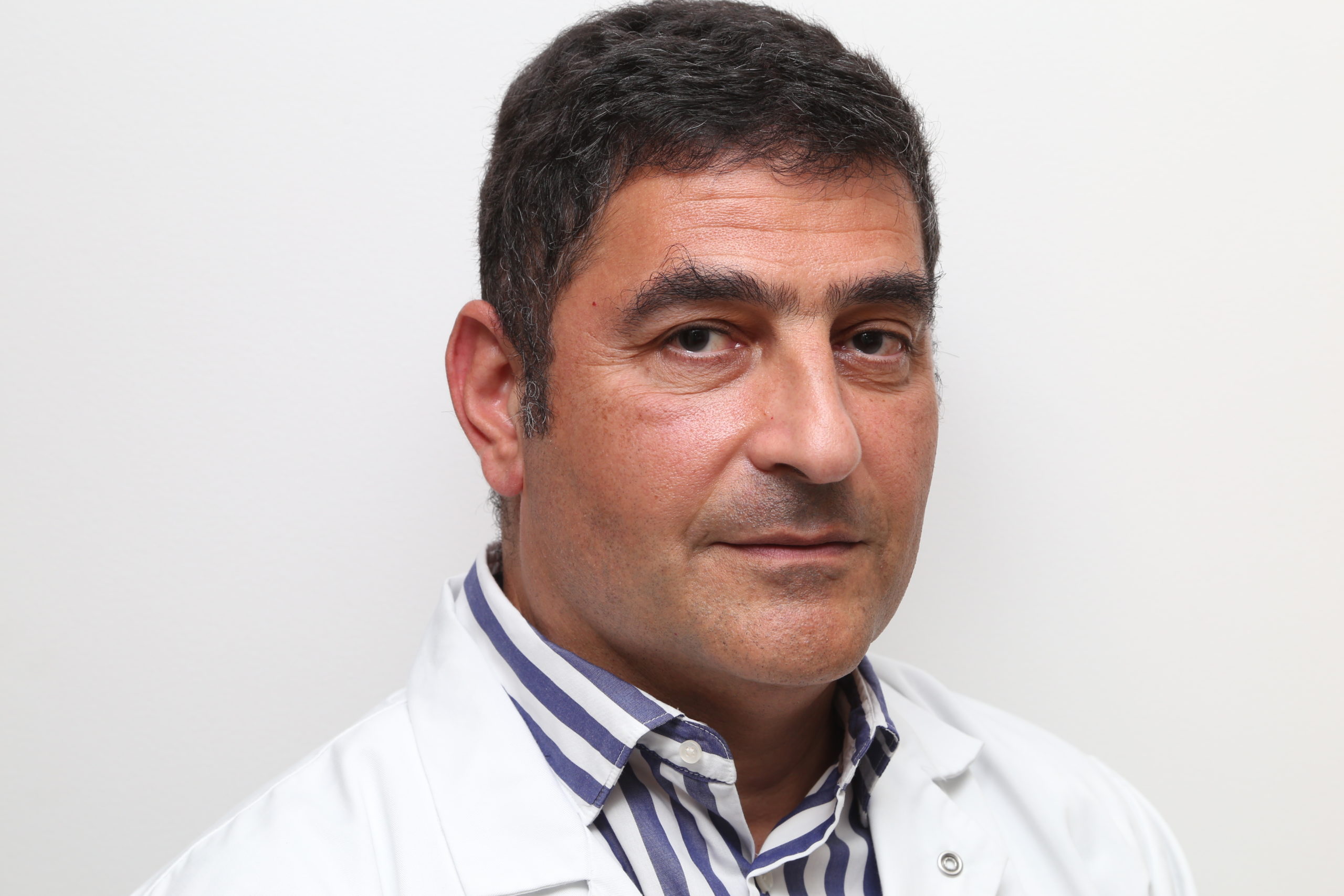Hôpital Lariboisière opened its doors in 1854.
It was built with the help of a donation from Countess Elisa Roy de Lariboisière, after her death without heirs, and now bears her name. This hospital, modern for its time, was built in a pavilion style, with each pavilion dedicated to one of the major diseases of the time: cholera, syphilis, tuberculosis, etc. At present, each pavilion corresponds to one of the major medical specialties, including neurosurgery.

Portrait of Elisa Roy, Countess de Lariboisière, 1794-1851
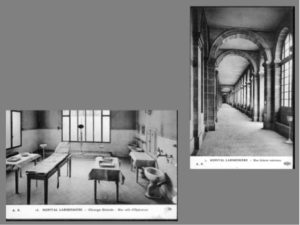
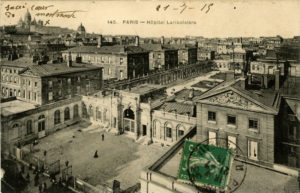
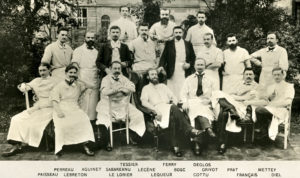
Boarding school albums, Lariboisière 1902-1903
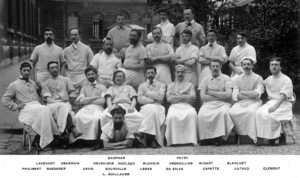
Boarding school albums, Lariboisière 1904-1905

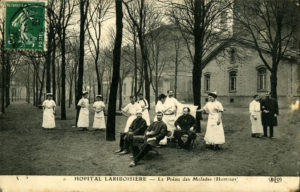
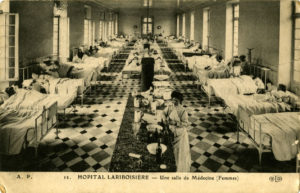
The neurosurgery department at Hôpital Lariboisière opened in 1951, with Professor Jacques Lebeau as its first head of department.
Its history is inextricably linked with the beginnings of French neurosurgery.
Neurosurgery had already been around for some time, with the first published case of brain tumor surgery in France dating from December 2, 1909, by Thierry de Martel. French neurosurgery was born of the collaboration between a neurologist
Clovis Vincent
and a general surgeon
Thierry de Martel
. These two forerunners went their separate ways, each becoming a neurosurgeon. Clovis Vincent was appointed head of the first neurosurgery department at Hôpital de la Pitié in 1933, even though he was not officially a surgeon. Several neurosurgery departments were then set up at the Hôpital Sainte Anne (Pierre Puech 1941) and at the Salpêtrière (Jean Marie Guillaume, 1942: neurosurgery unit and 1952: official department) before the one at the Hôpital Lariboisière opened with Jacques Lebeau.
Jacques Lebeau was succeeded in 1960 by Professor Raymond Houdart.
With him, modern neurosurgery would develop, opening up therapeutic prospects in many fields, particularly in those that would remain the predilection of today’s department: tumor neurosurgery, particularly of the skull base with Professor Jean Cophignon, vascular neurosurgery by bringing in the founder of super-selective angiography and endovascular treatment, René Djindjian, and spinal neurosurgery in collaboration with Professor de Sèze’s rheumatology department. Raymond Houdart ended his career as Dean of the Faculty in 1976, gradually handing over to Professor Jean Cophignon who succeeded him in 1983.
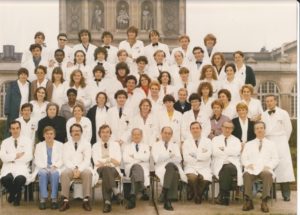
Pr Raymond Houdart,1st row, 5th from left Pr Jean Cophignon,1st row,4th from left Pr Bernard George,1st row,2nd from left
Jean Cophignon headed the department until 1997.
A great surgical technician, he developed neurosurgery under the microscope; in particular, he was the first in France to operate on a cerebral aneurysm using microsurgery (with an operating microscope) in 1971; he was also one of the pioneers of skull base surgery, notably orbital and craniofacial surgery in collaboration with an ophthalmologist and a plastic surgeon.
The service was then taken over by Professor Bernard George from 1997 to 2014.
With him, skull base surgery took on an international dimension, with the development of vertebral artery control for a wide range of indications: removal of certain cervical tumors and spinal cord decompression, among others. He will make the department a world-renowned center for treatment of the craniocervical hinge, chordomas and skull base tumors. For this work, he was awarded the Olivecrona Medal by the Karolinska Institute in Stockholm, and the Magnus Wilhem Medal by the Oslo Institute. He pioneered the use of endoscopic techniques for skull base surgery, which were continued and extensively developed by his successor, Professor Sebastien Froelich. Professor Bernard George passed away on September 16, 2021.
Bernard George receiving the Olivecrona Medal, the Nobel Prize for Neurosurgery, in 2008 at Stockohlm
Today, the department is headed by Professor Sébastien Froelich.
The department is internationally renowned for skull base surgery, with expertise in all skull base approaches, from microsurgical open to endoscopic endonasal or endoscopically assisted microsurgery. For this surgery, the department collaborates with a wide range of disciplines, including ENT, ophthalmology, maxillofacial surgery, radiotherapy, proton therapy and oncology. The department is a benchmark in France and Europe for the surgery and management of complex skull base tumors and deep brain lesions: complex skull base meningiomas (petroclival meningiomas, cavernous sinus meningiomas, etc.), chordomas, chondrosarcomas, tumors of the jugular foramen, vesitular schwannoma, craniopharyngomas, brainstem cavernoma….. It is one of the world’s most experienced departments for the treatment of chordomas and chondrosarcomas.
Pr Sébastien Froelich, has been co-chairman of the skull base section of the World Federation of Neurological Societies (WFNS) since 2016. He is also a member of the executive committee of theEuropean Skull Base Society (ESBS).
In recent years, the surgical management of intracerebral tumors, and glial tumors in particular, has been considerably enhanced by the development of awake surgery techniques by Professor Emmanuel Mandonnet. Thanks to this expertise and the many associated research projects headed by Prof. Emmanuel Mandonnet, the department is now one of the leading centers in France and Europe for the treatment of these tumors located in functional brain areas.
Spine surgery is one of the department’s areas of excellence, with expertise in several fields of spinal pathology surgery: spinal tumor surgery in collaboration with our oncology partners at Hôpital Saint-Louis and hospitals in northern Paris, chordoma surgery of the sacrum and spine, minimally invasive techniques, degenerative spine surgery, spinal instrumentation.
Surgical treatment of cerebral vascular pathologies (vascular malformation, Moya-Moya disease) is also one of our historic specialties (Dr Anne Laure Bernat, Pr Sébastien Froelich). These pathologies are managed in close collaboration with Professor Emmanuel Houdart’s interventional neuroradiology department and Professor Hugues Chabriat’s neurology department.
The department has a strong clinical and fundamental research activity in the field of brain tumors (Pr Emmanuel Mandonnet) and skull base pathologies, in particular chondromas and meningiomas (Pr Sébastien Froelich).
The creation of an Experimental Neurosurgery laboratory in 2014 has enabled the development of new techniques to improve surgical outcomes for complex skull base and brain lesions, thanks to research carried out by neurosurgeon-researchers from all over the world.
Numerous publications on the department’s clinical activities and research work are published each year in international scientific journals.
The Neurosurgery Department also takes part in teaching at the University of Paris Faculty of Medicine, and organizes numerous theoretical and practical neurosurgery courses in France and abroad, attended by young neurosurgeons from all over the world (IRCAD).
In 2021, the department will expand its range of services with the arrival of Prof. Bertrand Devaux and Dr. Francine Chassoux, internationally renowned for surgery on epilepsy refractory to medical treatment.
Dr François Nataf also joined the department to set up and launch a radiosurgery activity which, thanks to highly targeted radiotherapy, enables deep lesions to be treated without recourse to surgery. In 2022, the department will be equipped with the latest generation of radiosurgery equipment: the ZAP-X, with the first patients treated in 2024.
ZAP-X Learn more
- A consultation room on the first floor, yellow sector, door 11
- 42 hospital beds including 12 post-operative intensive care beds, spread over 3 levels, yellow sector door 10
- 3 dedicated neurosurgery operating rooms and 1 dedicated emergency room
The neurosurgery operating theater is equipped with state-of-the-art technology: operating microscope, HD endoscopy, neuronavigation, cortical stimulation, intra-operative monitoring…
Since September 2019, the operating theatre has been equipped with a state-of-the-art intra-operative scanner .

